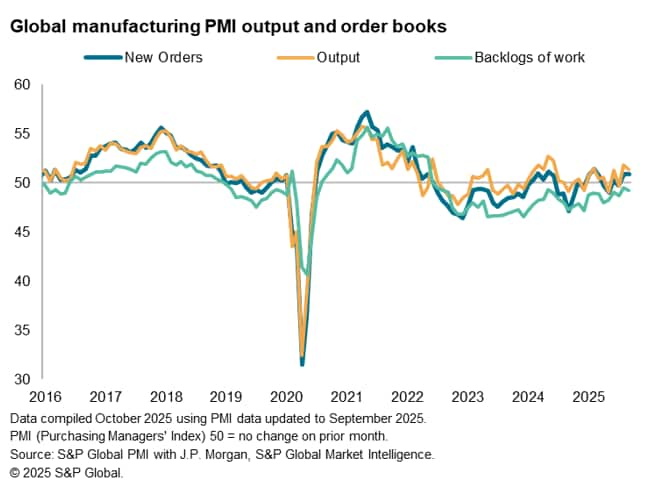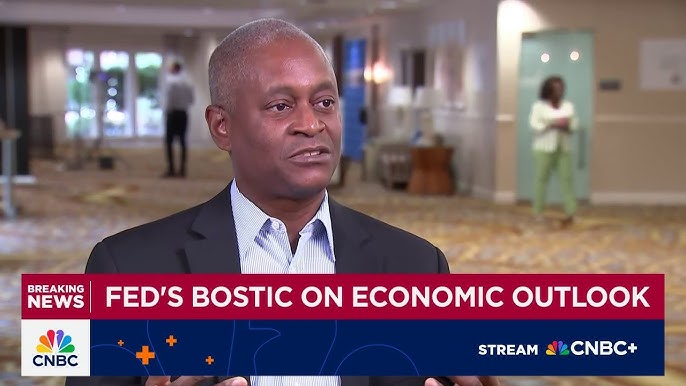Will US Jobless Claims Spark Recession Fears?
October 2, 2025, is shaping up to be a pivotal day for global markets, with a packed economic calendar offering critical insights into the health of major economies. From US labor market data to global unemployment figures, the day promises to influence trading strategies across stocks, forex, bonds, and commodities.
But what makes this day so significant? As we dive into the details, it becomes clear that these data releases could sway central bank policies, investor sentiment, and even recession fears. Let’s unravel the story behind these numbers and their potential impact.
The US Jobless Claims: A Bellwether for Recession Fears

At the heart of today’s economic narrative lies the weekly Initial Jobless Claims report. Scheduled for release at 8:30 AM ET, this dataset offers a snapshot of the labor market’s pulse. Analysts expect claims to hold steady at 223K, matching the previous week’s figure. On the surface, this stability might seem reassuring—but context matters.
Recent months have seen growing concerns about a cooling labor market, and any deviation from expectations could send shockwaves through the markets. Higher-than-expected claims might signal cracks in employment health, heightening recession fears and boosting odds of Federal Reserve rate cuts. In such a scenario, we could see bond yields dip while the USD weakens—a classic risk-off response.
Factory Orders: Manufacturing in the Spotlight
At 10:00 AM ET, attention shifts to Factory Orders data for August. Forecasts suggest a 1.4% month-over-month increase, signaling robust demand in manufacturing. However, the devil is in the details. The Factory Orders ex-Transportation figure (+0.1%) strips out the volatile auto sector, offering a purer glimpse into broader manufacturing activity.

Why does this matter? Manufacturing has been under scrutiny amid concerns about slowing global growth. A strong Factory Orders report could bolster industrial stocks and support the USD by reinforcing confidence in economic resilience. Conversely, weaker-than-expected numbers might amplify fears of stagnation, weighing on equities and commodities tied to industrial demand.
Fed Bostic Speech: Market Sentiment Hangs on Every Word

Later in the day, at 2:00 PM ET, Atlanta Fed President Raphael Bostic takes the stage. While no specific topic has been announced, his comments could prove critical in shaping market expectations around interest rates. Will Bostic lean hawkish, emphasizing inflation control? Or will he signal dovishness amid labor market cooling? Either scenario could ripple across markets.
Investors will be particularly attuned to any clues about rate cut timing. With recession fears looming large, dovish rhetoric might lift equities while pressuring the USD. On the flip side, hawkish remarks could reinforce rate hike bets, benefiting the greenback but denting risk assets.
Global Data: Steady Unemployment Rates Keep Volatility in Check
Beyond the US, key unemployment data from the Eurozone (6.2%), Italy (6.1%), and Japan (2.4%) are expected to remain steady. While these figures lack the high-impact drama of US releases, surprises could still stir regional markets.
For instance, a lower-than-expected Eurozone unemployment rate might bolster the EUR by reinforcing European Central Bank (ECB) policy stability. Similarly, Japan’s unemployment rate could influence JPY movements if wage pressures emerge—a critical factor for the Bank of Japan’s inflation targets.
Australia’s Trade Surplus: A Quiet Catalyst for AUD
In the early hours of October 2 (1:30 AM ET), Australia releases its Balance of Trade data for August. Analysts predict a trade surplus of A$7.1 billion, up from A$6.612 billion in July. While not a headline-grabber like US labor data, this report could subtly shift AUD sentiment.
Australia’s economy heavily relies on commodity exports, and a strong trade surplus often signals healthy global demand for resources like iron ore and coal. If the data beats expectations, AUD could see upward momentum—particularly against currencies showing signs of economic fragility.
Key Takeaways: What to Watch For
- US Jobless Claims: The marquee event with high stakes for recession fears and Fed rate bets.
- Factory Orders: A test of manufacturing resilience amid broader economic concerns.
- Fed Bostic Speech: Potentially market-moving commentary on interest rate paths.
- Global Unemployment Rates: Likely steady but watch for surprises.
- Australia Trade Data: A quiet but meaningful indicator for AUD and commodity markets.
Implications for Traders and Investors
Today’s data releases offer more than just numbers—they’re pieces of a broader puzzle about global economic health and monetary policy trajectories. For traders, heightened volatility around US events could present opportunities in equities, forex pairs like USD/JPY or EUR/USD, and commodities sensitive to manufacturing trends.
But beyond immediate market moves lies a deeper question: Are we witnessing early signs of a global slowdown? Or will resilient manufacturing demand and steady employment rates stave off recession fears?
As we monitor these releases and their ripple effects, one thing is clear—October 2, 2025, is a day that demands attention from anyone navigating today’s complex financial landscape.
Final Thought: What’s Your Strategy?
With so many moving parts in play—from labor data to Fed commentary—how will you position yourself in today’s markets? Will you lean into risk-on trades or hedge against uncertainty? As always, staying informed is your best defense against volatility.